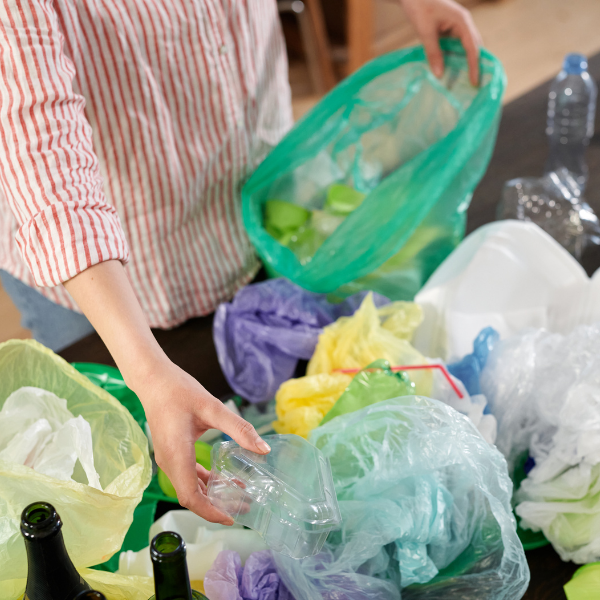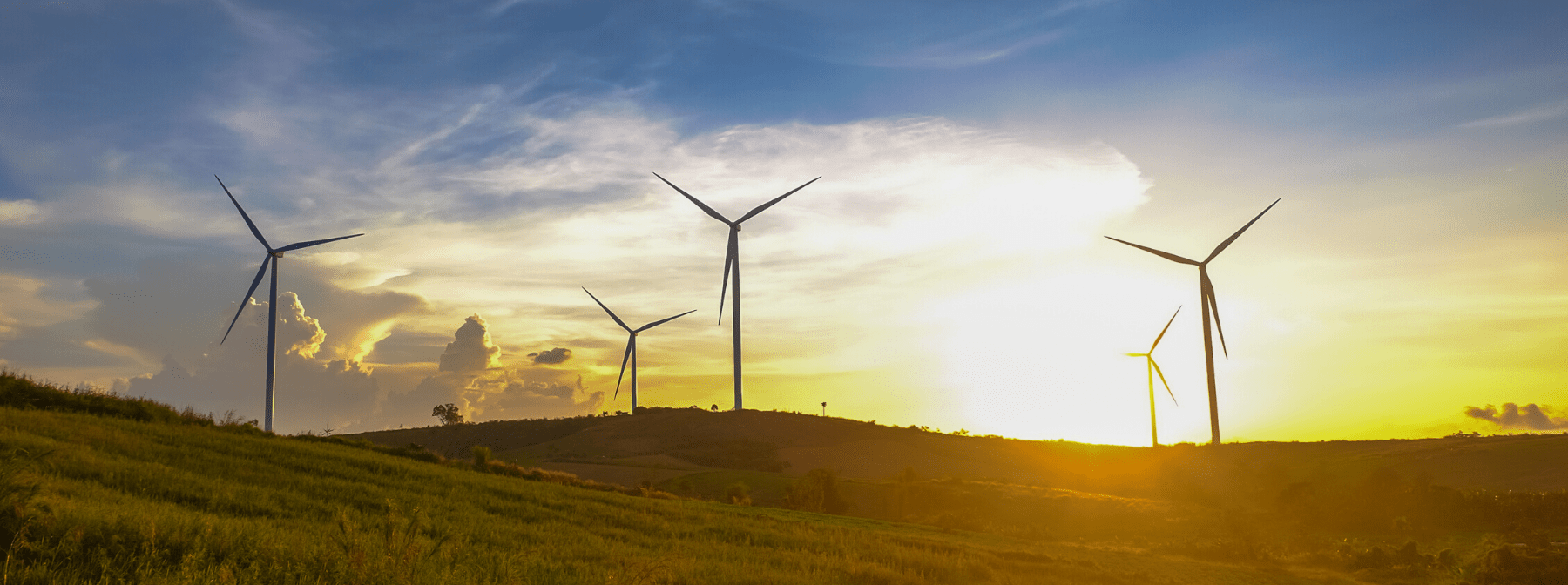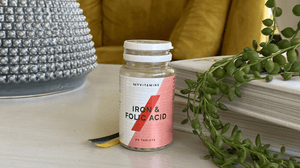
As part of our Sustainability Pledge, we’ve made a commitment to produce our supplements responsibly. This includes managing our carbon footprint. In 2020, we achieved CarbonNeutral® delivery certification - the first significant milestone in reducing our carbon emissions. But what exactly does this mean and what are our future carbon plans? Read on to find out.
Why Are Carbon Emissions And Why Do They Matter?
Carbon emissions, measured in CO2e, refer to the amount of carbon dioxide produced in human activity. High levels of CO2e are most commonly caused by burning organic materials and gas released from landfills, production or agriculture.
Increased carbon emissions are the main cause of climate change. This has several impacts on the planet, including:
- Extreme weather conditions - The warming of the global temperature brings weather events such as tropical storms, heat waves and droughts.
- Changes to animal habitats – More carbon in the air can restrict plant growth, affecting both animal habitats and human food sources.
- Impacts to human health – Carbon emissions can increase smog and air pollution. This can result in the onset of respiratory problems in humans.
What Is CarbonNeutral®?
https://www.youtube.com/watch?v=w5Wd_scp5bA&t=1s
In 2020, our parent company, THG, was awarded CarbonNeutral® delivery certification by environmental consultancy Neutral Capital Partners. This means we've calculated and offset our green house gas emissions. (1) As part of the certification, THG is supporting six high‐impact schemes including reforestation, biodiversity preservation, water infrastructure and renewable energy creation.This sustainability milestone has let us has let us maximise the immediate impact of our net carbon footprint, whilst making steps to reduce emissions in the long term. These steps include technological investments to improve energy use across sites. For example, in 2020, our flagship UK manufacturing and distribution sites switched to renewable energy sources only. 2
What’s Next?
The next phase of our sustainability journey is to reduce our carbon emissions even further. We’re aiming to support the UK government in achieving net zero greenhouse gas emissions by 2050. This follows the 2018 Special Report on Global Warming of 1.5 °C from the Intergovernmental Panel on Climate Change.
Reducing Your Own Carbon Footprint
So, now you know about our commitments to reducing emissions and energy, what can you do to manage your own carbon footprint?

1. Diet
Switching to a vegetarian diet decreases your carbon footprint by 1.5 tonnes per year. But you don’t need to give up meat completely to make an impact on emissions. Even switching from beef to poultry saves approximately 1555lbs of carbon dioxide annually. 3Supplements can be a great way to support your daily intake of the vitamins and minerals you might usually source from animal products:2. Transport
Most of us know that using public transport is better for the environment than driving, but there’s lots more we can be doing to reduce our carbon emissions daily.
If you need to travel by car, ensuring it’s fuel efficient and well maintained is essential. Carbonfund.org reported that suitably inflated tyres can save between 400 to 700lbs of carbon dioxide per year. Similarly, how you drive is important too. Slower, smoother driving produces less gas than rapid acceleration, and it’s safer too. 3
3. The 3 R’s
Following the 3 R’s can help you make easy daily changes to reduce your carbon footprint:
- Reduce – The simplest way to reduce waste is to not produce it. Changing your shopping habits can help with this. For example, avoiding over packaged products, choosing sustainably conscious brands or buying in bulk.
- Reuse – Try to reuse your ‘waste’ products where you can. You could switch to a reusable coffee cup rather than paper ones or take your own bags shopping rather than buying plastic ones each time.
- Recycle – Check which materials your local recycling centres will take and start collecting them. As well as recycling your own waste, try to purchase products made from recycled materials. 4
To find out more about Myitamins’ recycling initiatives, take a look at our blog:

Related Articles








